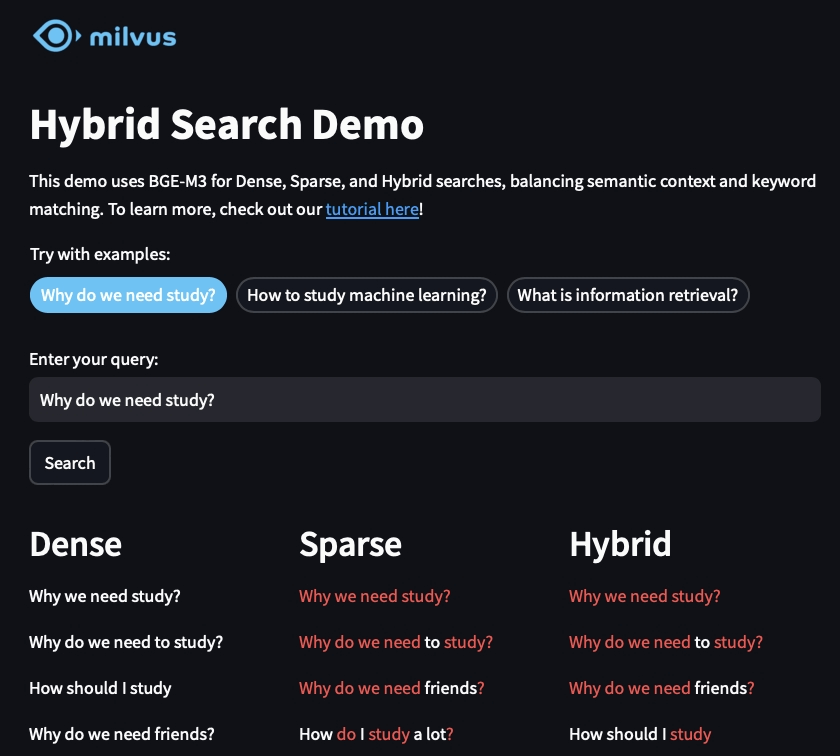BM25, which stands for “Best Matching 25,” is a probabilistic framework widely recognized for its effectiveness in full-text search and information retrieval tasks. It plays a crucial role in determining the relevance of documents to a given search query. Developed as part of the Okapi BM25 ranking function family, it builds on the foundations of the classical Vector Space Model and probabilistic models, offering a more nuanced approach to scoring and retrieving text-based data.
At its core, BM25 is designed to rank documents based on the frequency and distribution of query terms within those documents. It operates under the assumption that query terms appearing more frequently in a document indicate a higher likelihood of that document being relevant. However, BM25 refines this idea by considering several important factors that affect term significance, resulting in more accurate and relevant search results.
One of the primary features of BM25 is the term frequency-inverse document frequency (TF-IDF) approach. Term frequency (TF) measures how often a term appears in a document, while inverse document frequency (IDF) assesses the importance of a term across the entire document corpus. BM25 enhances this traditional model by introducing saturation effects, ensuring that the impact of term frequency on the scoring diminishes as the term appears more frequently. This prevents overemphasizing terms that appear excessively in a document.
Another critical component of BM25 is its handling of document length normalization. Longer documents naturally contain more words, which could unfairly skew their relevance scores if not properly adjusted. BM25 incorporates a length normalization factor to counterbalance this effect, ensuring that longer documents do not inherently receive higher scores simply due to their size.
BM25 also includes tunable parameters, such as k1 and b, which allow users to adjust the influence of term frequency saturation and document length normalization, respectively. This flexibility enables fine-tuning based on specific dataset characteristics and search requirements, enhancing its applicability across various domains and use cases.
In practical applications, BM25 is widely used in search engines, digital libraries, and recommendation systems, where it excels in tasks requiring precise text matching and relevance ranking. Its effectiveness in handling diverse document corpora and accommodating varying user queries makes it an indispensable tool for developers and data scientists aiming to optimize search performance.
Overall, BM25’s role in full-text search is to provide a sophisticated, probabilistic method for ranking documents, balancing term frequency, importance, and document length to deliver accurate and relevant search results. Its continued popularity and integration into modern search technologies underscore its value as a robust and adaptable solution for information retrieval challenges.
